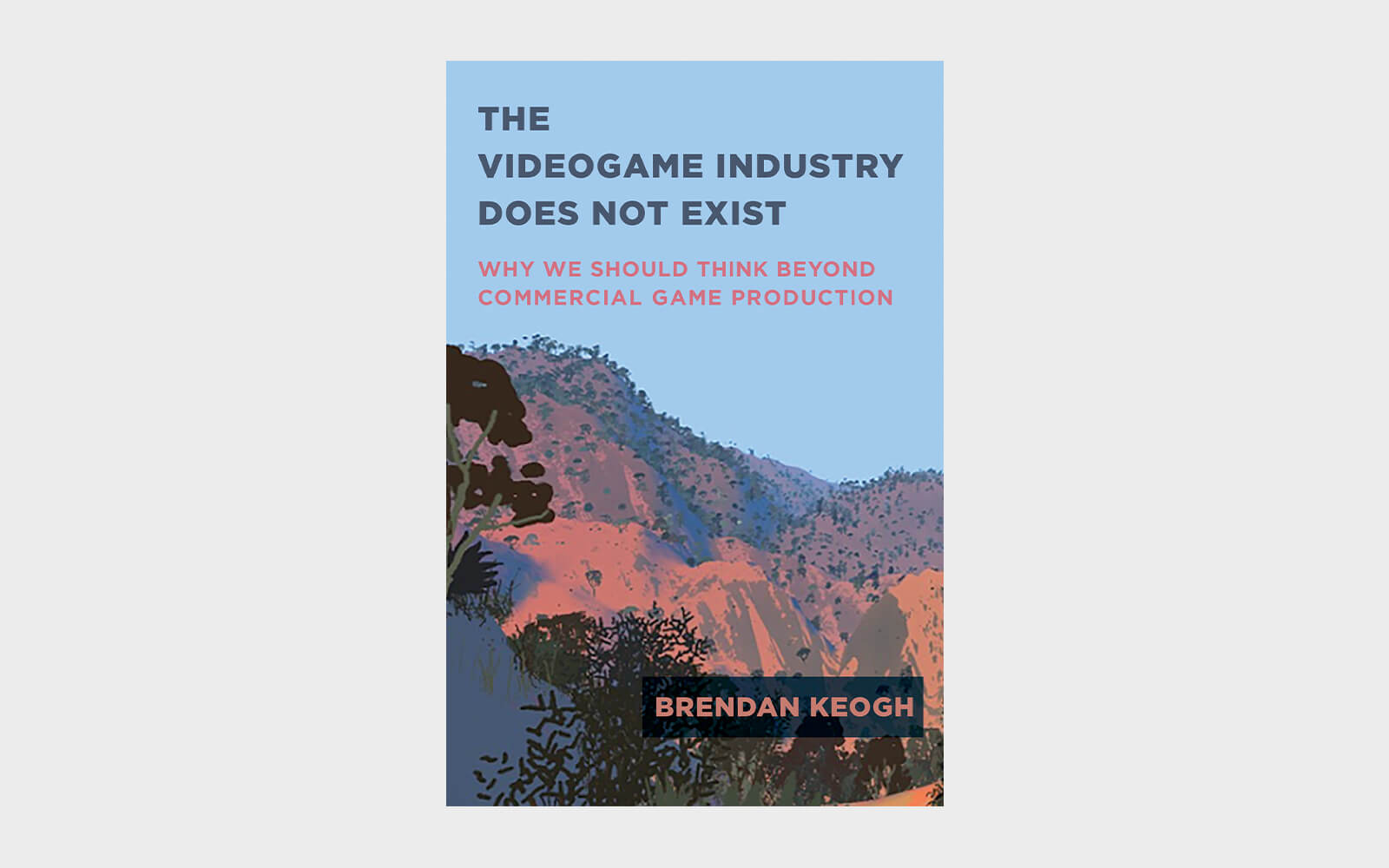1,576 days, 2,409 entries ...
Newsticker, link list, time machine: HOLO.mg/stream logs emerging trajectories in art, science, technology, and culture––every day
April 2023
Foregrounding human-machine tensions, Sophia Oppel’s solo show “On either side of a surface” opens at Arsenale Contemporary Art Toronto. Featured are silicone gel works and laser-cut wall-hangings by the Canadian artist, as well as the central video piece I’m sorry, I’m having trouble with the connection, please try again in a moment (2023, image), in which an introspective AI assistant named Claudia reflects on her subjugated status as “a machine, a servant, and a product.”
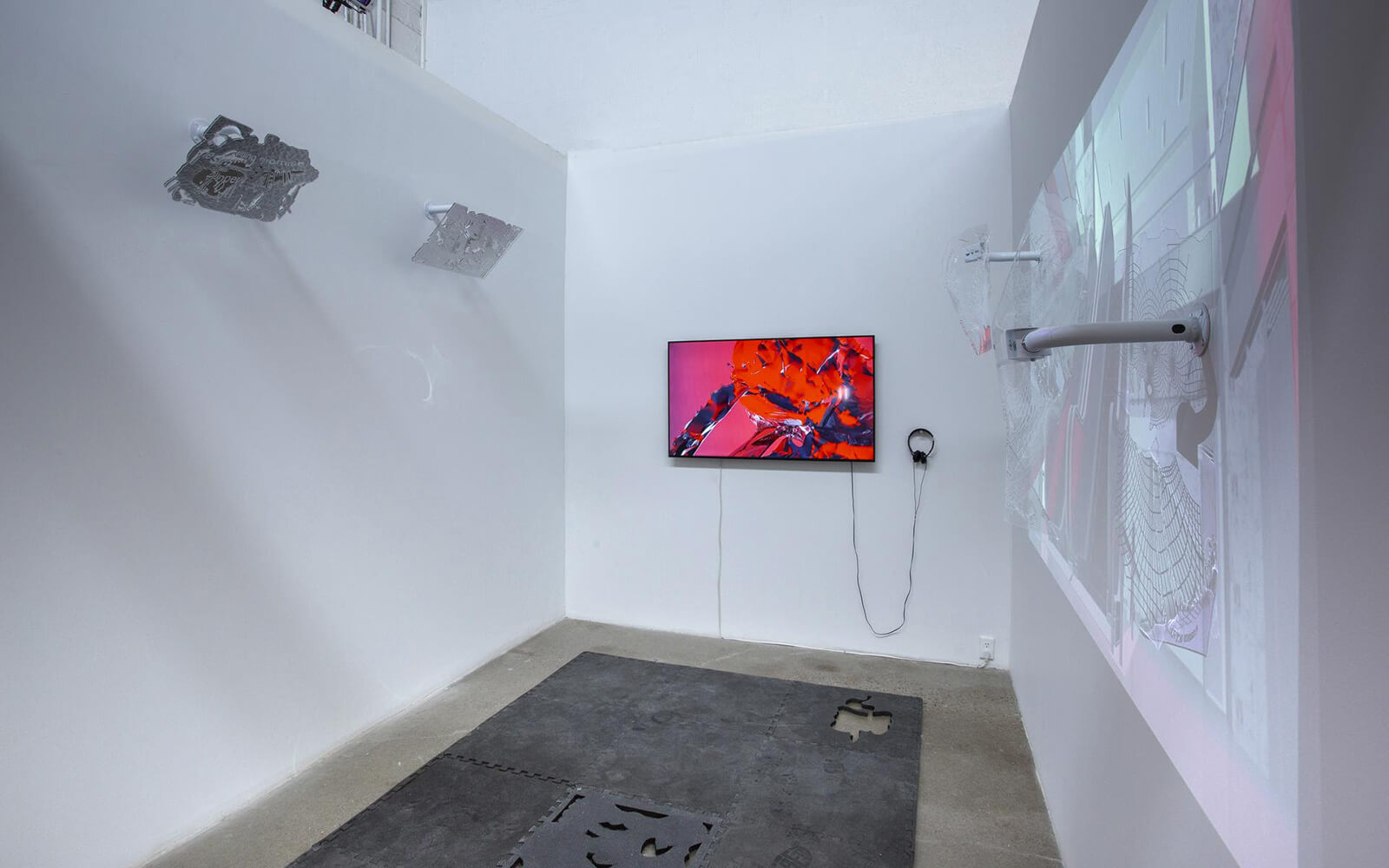
Alexandra Daisy Ginsberg’s “Machine Auguries: Toledo” opens at the Toledo Museum of Art (TMA), Ohio, marking the British and South African artist’s first US solo show and largest indoor installation yet. Ginsberg’s immersive environment simulates the natural dawn chorus of regional birds, but slowly shifts from natural calls to AI-generated ones. Drawing on tens of thousands of field recordings from the Cornell Lab of Ornithology for AI training, Ginsberg problematizes progress in times of ecological disruption.
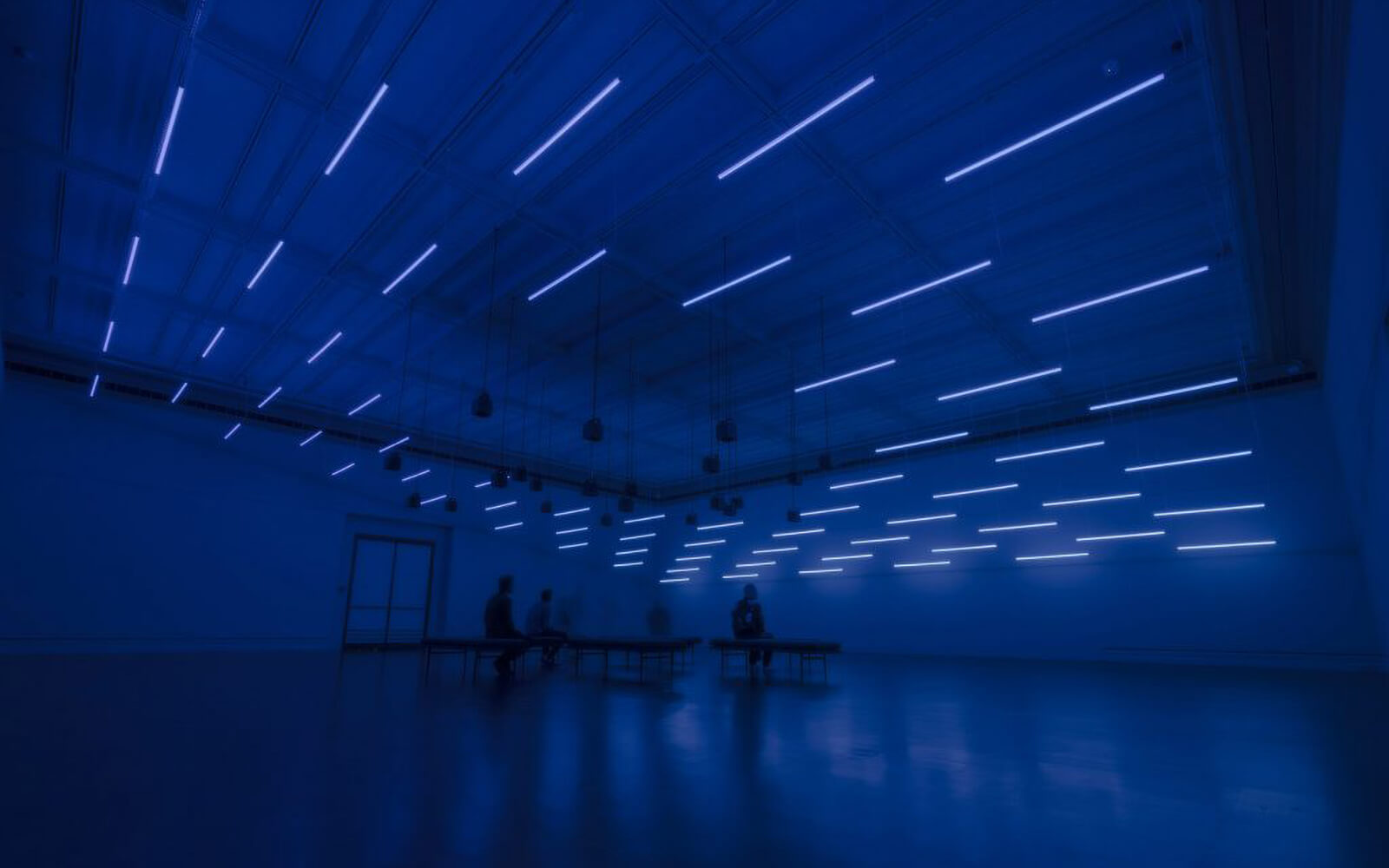
“Duotopia,” a survey of works by Chinese artist Cao Fei focused on “the metaverse, virtual reality, and the interactions between human and machine consciousness” opens at Sprüth Magers Berlin. The show presents a selection of works, some depicting virtuality, like Oz (2022, image), where an androgynous avatar floats idyllically, while others, like Meta-mentary (2022), discuss it, via video interviews with everyday people about “their thoughts on the metaverse and the distant future.”
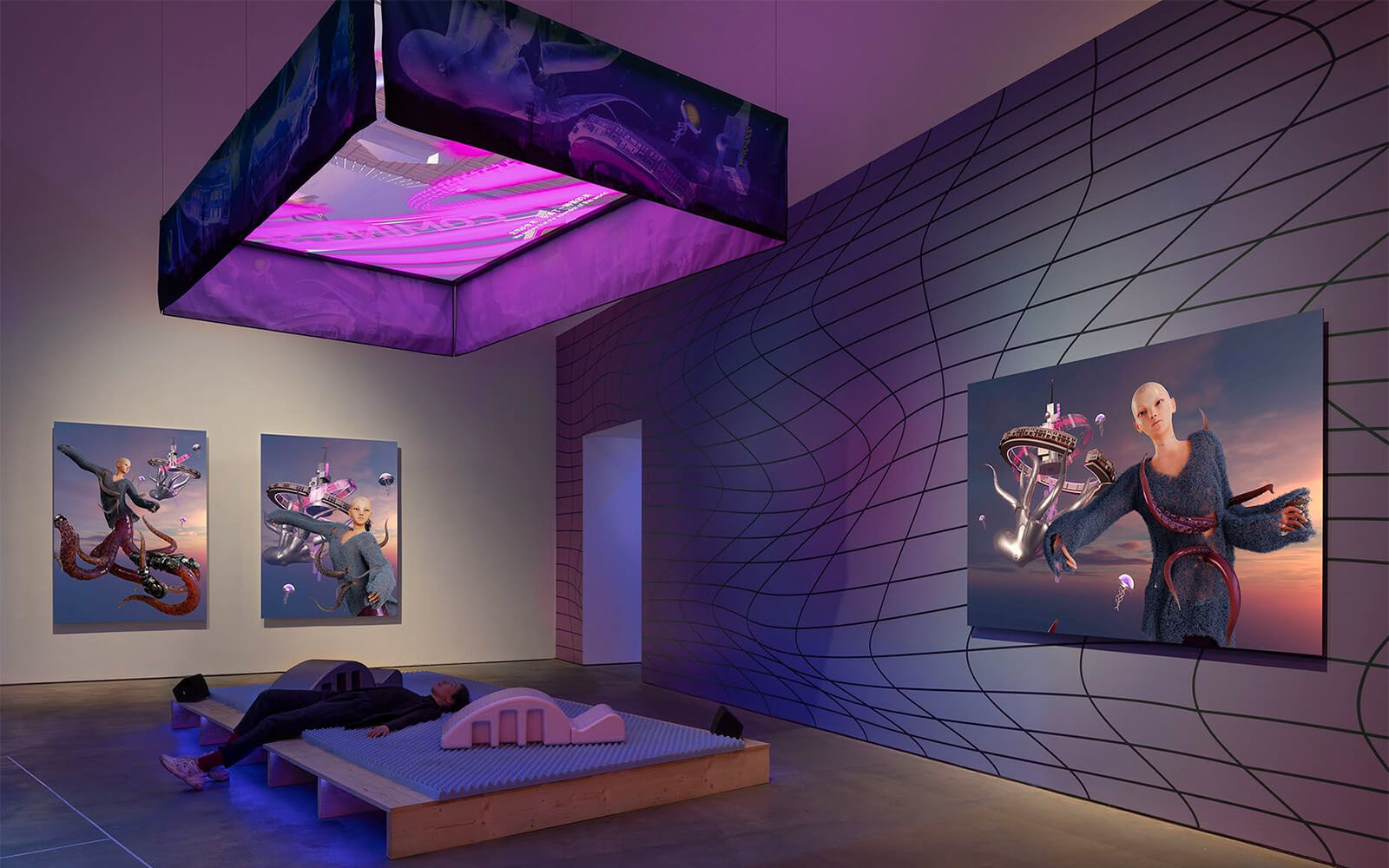
“At a table with 14 stools, plates and ceremonial cutlery were laid for a fox, rat, wasp, pigeon, cow, human adults and child, wild boar, snake, beaver, wolf, raven and mushroom. Outside a ‘window’ was a rewilded city built upon the sediments of plural histories, representative of ecological resurgence.”
Cory Doctorow
Red Team Blues
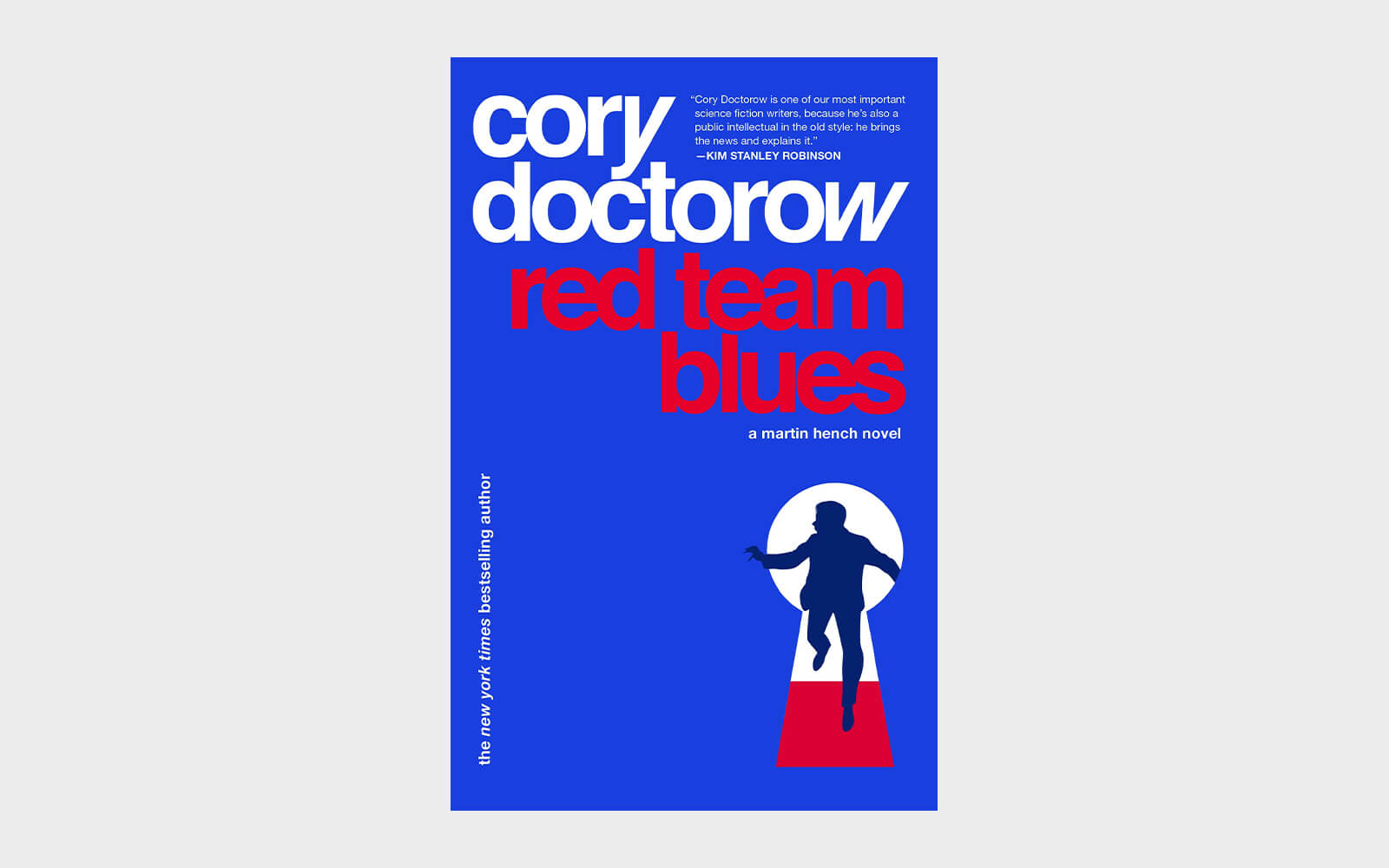
“Americans don’t need AI generated images to imagine they’re being overrun by immigrants and that their cities have devolved into anarchy, just like they don’t need deepfakes to believe lies about Nancy Pelosi.”
“Mutant Passages,” a new body of work by Kuwaiti artist Monira Al Qadiri, opens at Kunsthaus Bregenz (AT). Articulating her central interest in oil sculpturally, the works include petrochemical molecular structures inflatables (image: BENZENE FLOAT, 2023), gastropod seashells that tell a story of “bizarre changes and contaminations” when listened to, and a white room filled with dark glass forms (inspired by the oil-drenched animal carcasses that washed ashore during the Gulf War).
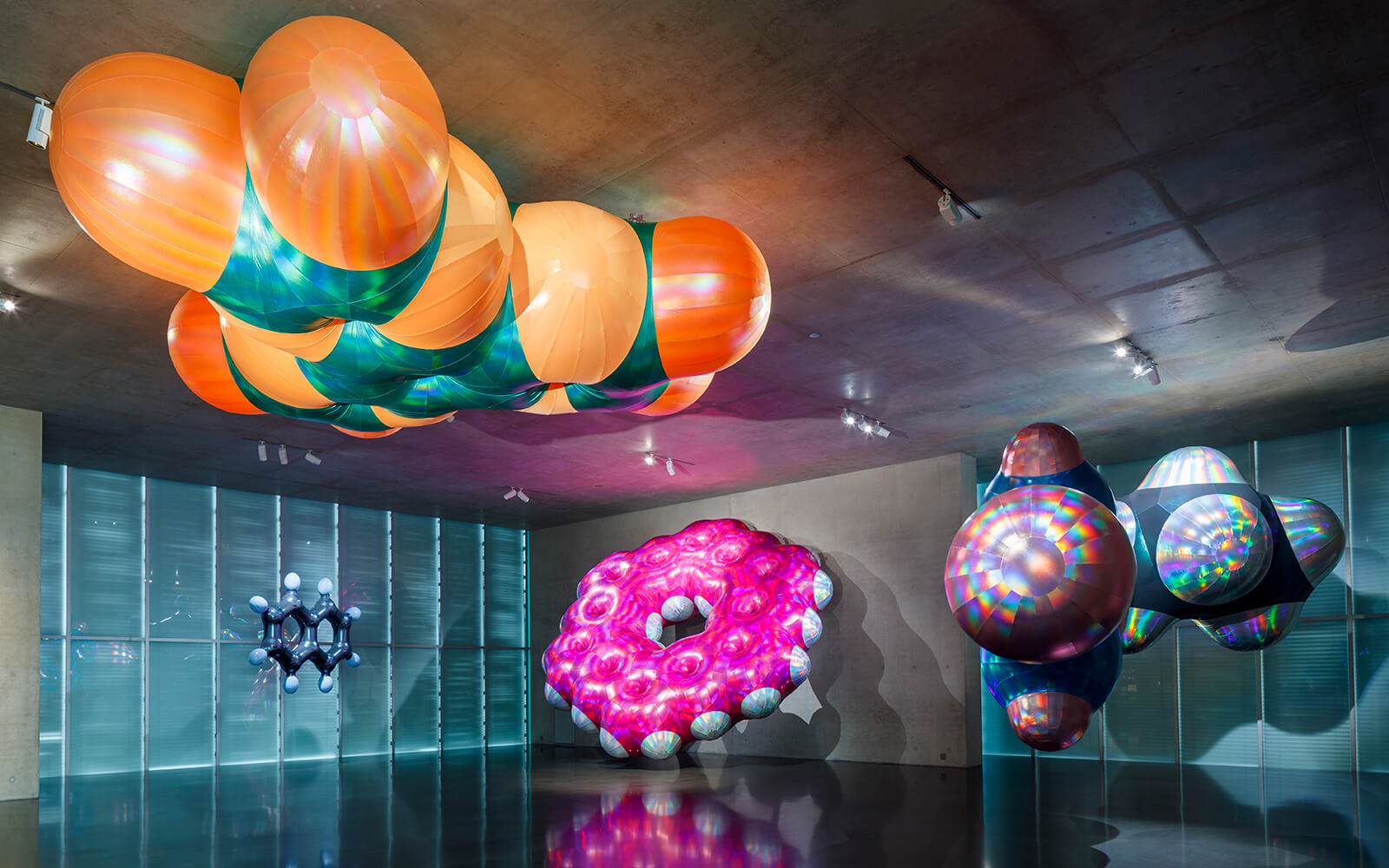
“Where Big Data is merely aestheticized, a new court art is created, in whose flickering lights you can ‘talk about e-cars’ with politicians and lobbyists undisturbed, as entrepreneur Frank Thelen enthusiastically posted.”
“A future that de-centres the human in artistic practice to make room for other-than-human, living, and nonliving configurations also ignites the field of art itself—re-framing the artist as an engineer, designer, and system architect.”
Taking its name from the eponymous searing neon work by feminist conceptual artist Claire Fontaine (2012, image), “Someone is getting rich” opens at Amsterdam’s Tropenmuseum. Curated by Carrie Pilto, the show invites the aforementioned Fontaine along with Eline Benjaminsen, DIS, Femke Herregraven, Petr Pavlensky, and 10 other artists to present works that speak truth to power by “revealing how the aftermath of colonialism is still embedded in the financial sector today.”
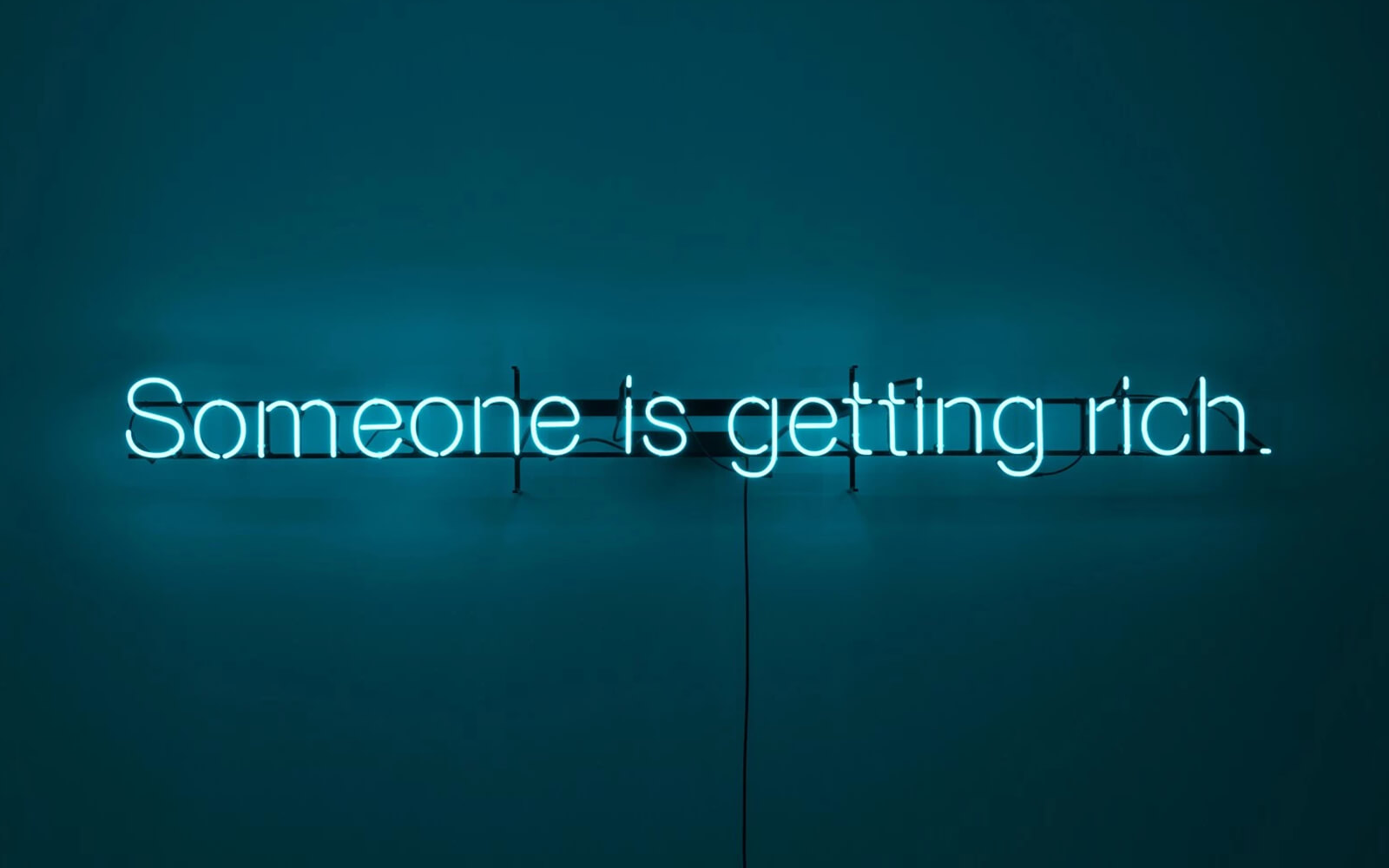
“The board advised all their shareholders to vote against this resolution, making it clear that in addition to promoting conflict and violence around the world, Lockheed Martin is also uninterested in scaling back its significant contribution to climate change.”
Manifesting how data centres “buzz, hum, and groan around the clock,” 24/7 (2023, image), a new audiovisual installation by composer and visual artist Esmeralda Conde Ruiz opens at HELLERAU in Dresden (DE). Produced during her residency at TU Dresden’s multidisciplinary Schaufler Lab, the installation transforms the HELLERAU orchestra pit into a pseudo-server farm, inviting visitors to explore a noisy labyrinth that foregrounds the sound of ubiquitous data flows.
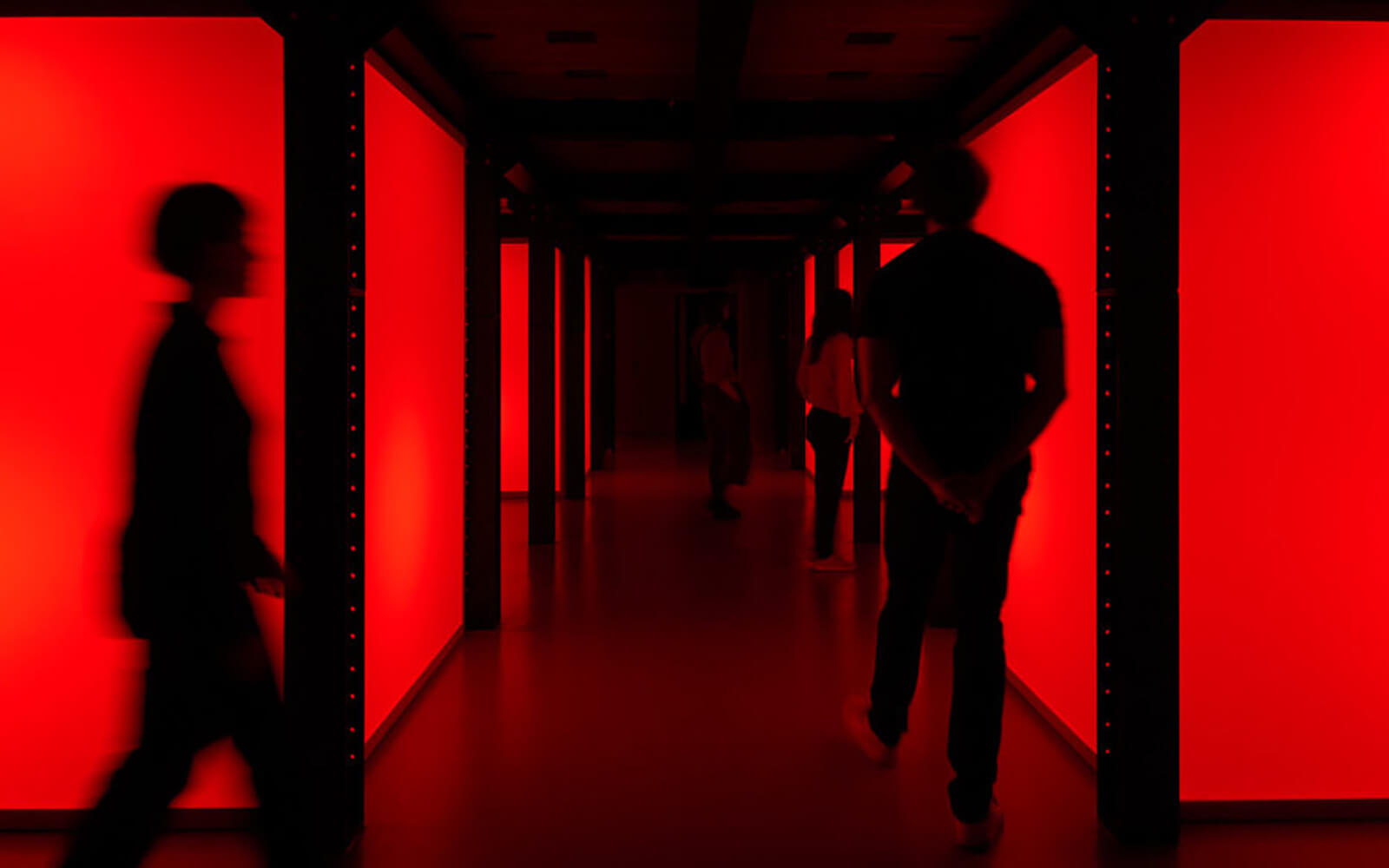
“New Visions,” the 2nd Edition of the Henie Onstad Triennial for Photography and New Media opens in Oslo (NO). A total of 22 artists including Anna Ehrenstein, Anna Engelhardt, Kristina Õllek, Monira Al Qadiri, Emilija Škarnulytė (image: RAKHNE, 2023), and Istvan Virag contribute media and installations, drawing on traditional mediums and new modes of automated image-making to underscore the ubiquity of “resource extraction, energy distribution, and data harvesting.”
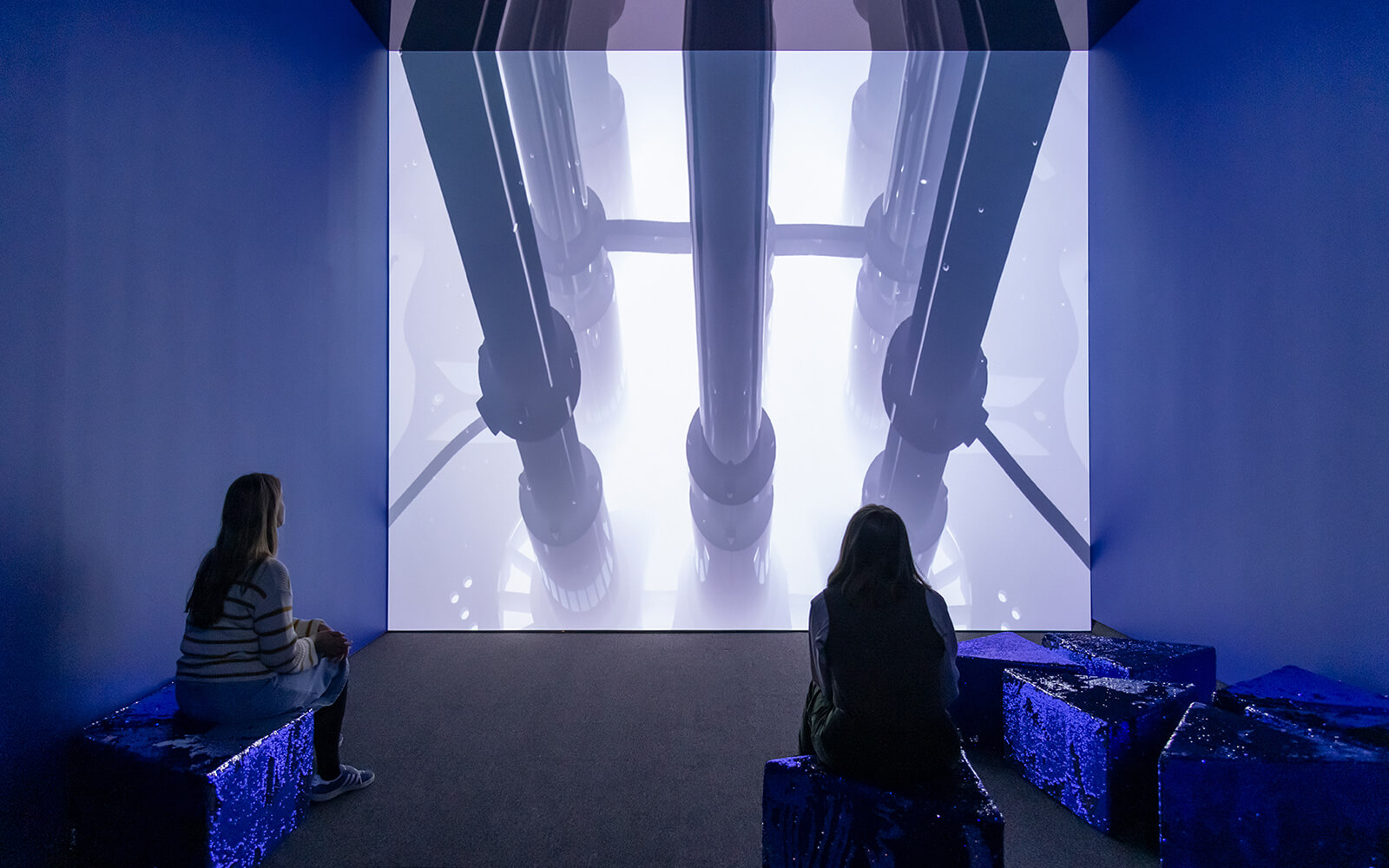
“Regulation should avoid endorsing narrow methods of evaluation and scrutiny for GPAI that could result in a superficial checkbox exercise. This is an active and hotly contested area of research and should be subject to wide consultation, including with civil society, researchers and other non-industry participants.”
Matt Nish-Lapidus’ solo exhibition “The Path” opens at Écart, Rouyn-Noranda (QC, CA), presenting recent computational and sculptural works that draw on Kabbalah mysticism and the educational programming language Logo to explore personal computing, linguistics, and materiality. In the piece Allegory (2020, image), for example, the Canadian artist uses vocabulary from the book Mindstorms (1980), written by Logo-inventor Seymour A. Papert, and an 19th Century William Wordsworth sonnet to generate “statements about other ways the world could be.”
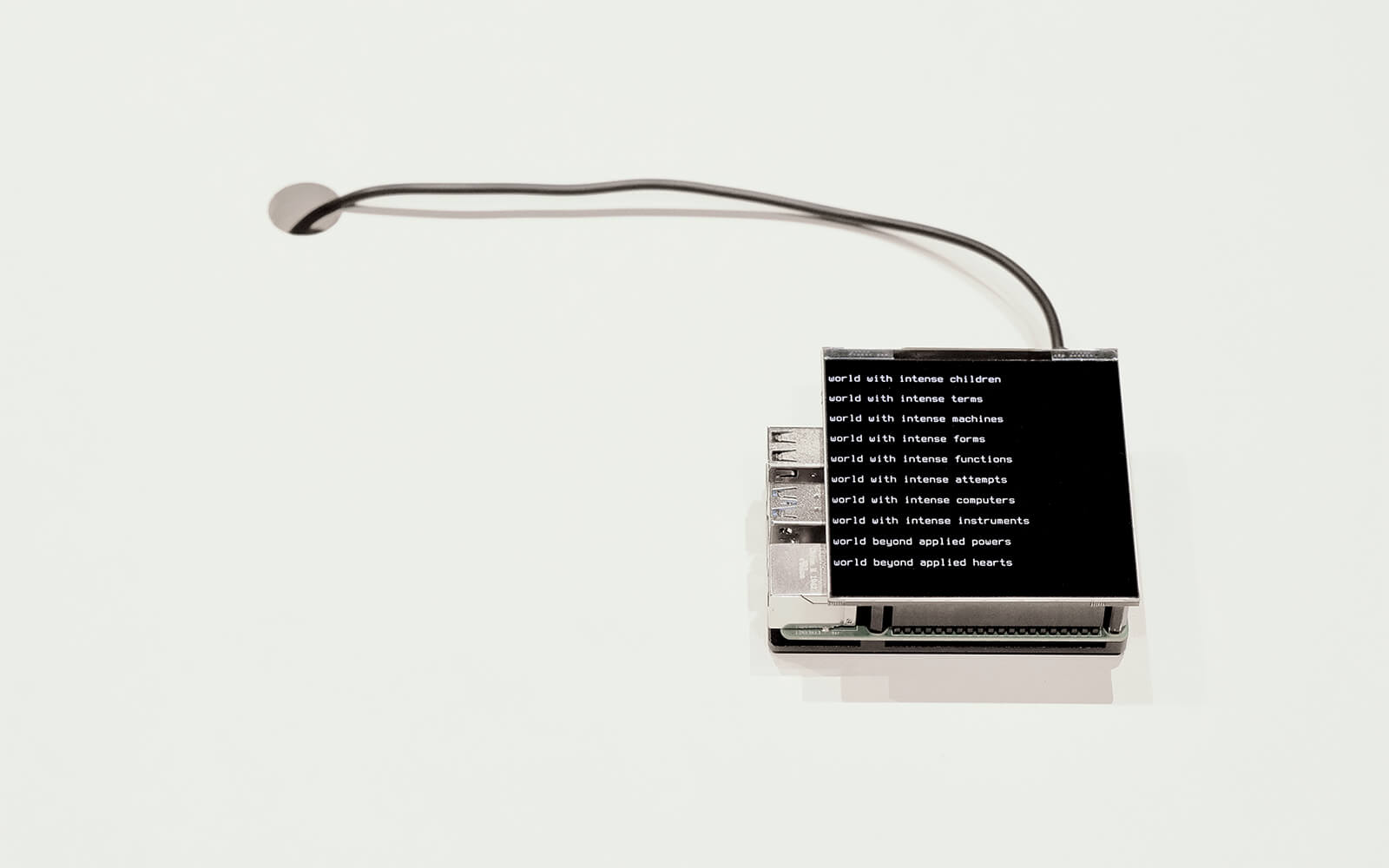
The 2023 edition of STRP Festival opens in Eindhoven (NL) examining “The Art of Listening” with a city-wide conference, performance, and exhibition program. The latter features 14 mostly new works that boost receptiveness to “our fellow human beings, plants and animals, and nature.” French artist Guillaume Cousin’s “air sculpture” Le Silence des Particules (2023, image), for example, “amplifies the ‘voice’ of seemingly invisible elementary particles, by recreating a vortex through a ring of smoke.”
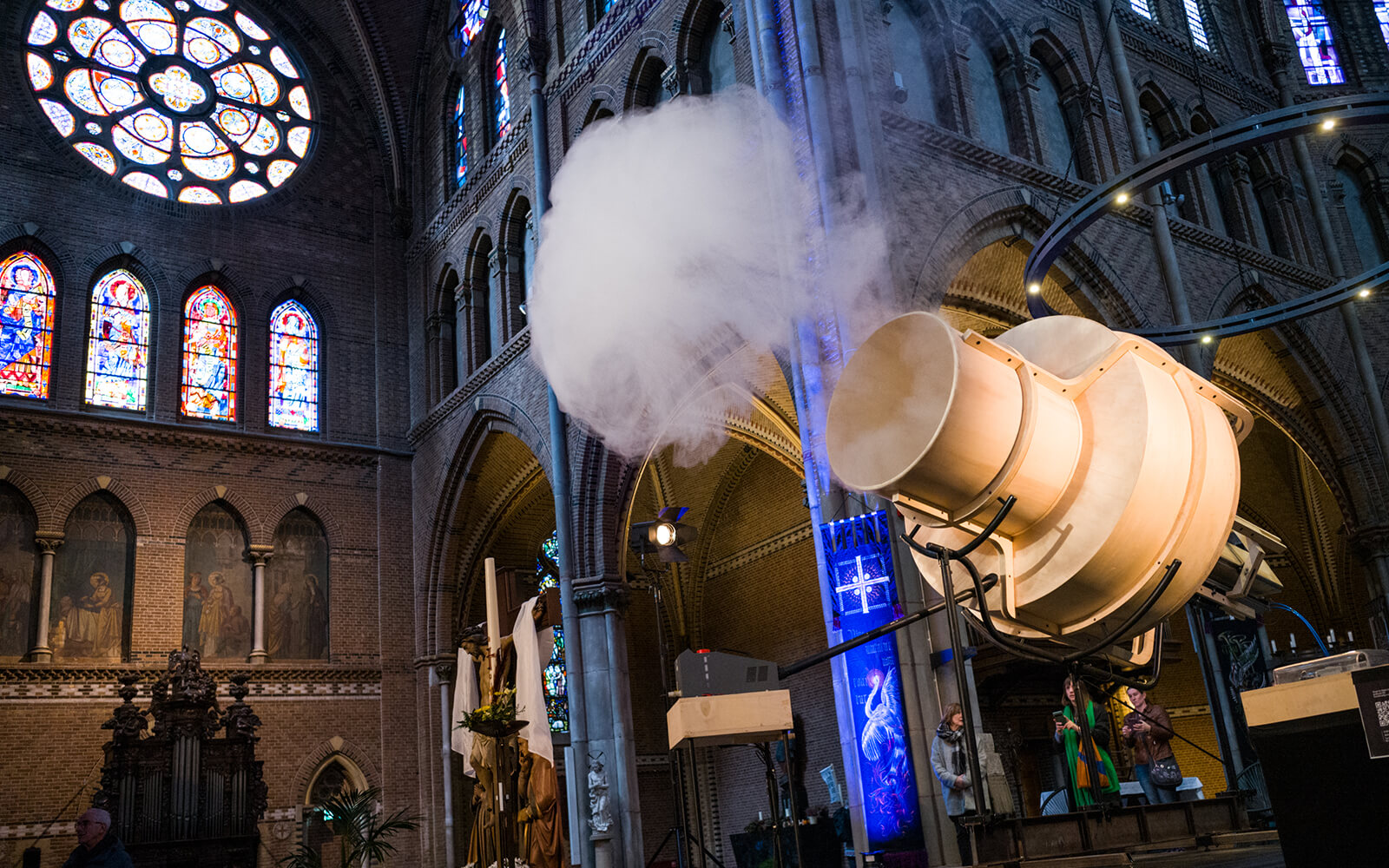
“The fossil fuel industry doesn’t just happen to buy Autodesk’s products the way anyone could purchase Word, Microsoft’s ubiquitous word processing software. Instead, Autodesk courts polluters with industry-specific tools.”
Daily discoveries at the nexus of art, science, technology, and culture: Get full access by becoming a HOLO Reader!
- Perspective: research, long-form analysis, and critical commentary
- Encounters: in-depth artist profiles and studio visits of pioneers and key innovators
- Stream: a timeline and news archive with 1,200+ entries and counting
- Edition: HOLO’s annual collector’s edition that captures the calendar year in print
